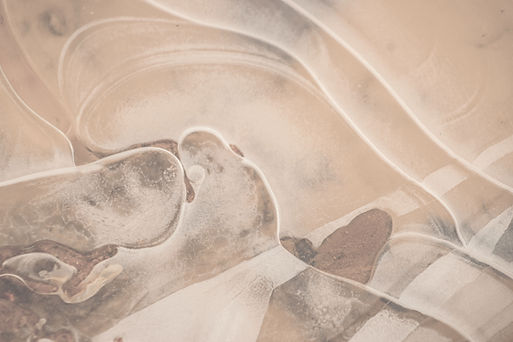
HIROSHIMA JAPAN
LOCATION SCOUTING FOR OUR UPCOMING MOVIE 'HIDE'

Hiroshima Castle
Hiroshima castle between 1589 and 1599.[1] It was located on the delta of the Otagawa river. There was no Hiroshima city or town at the time, and the area was called Gokamura, meaning "five villages". Beginning in 1591, Mōri Terumoto moved from Yoshida-Kōriyama Castle and governed nine provinces from this castle, including much of what is now Shimane, Yamaguchi, Tottori, Okayama and Hiroshima Prefectures.

Pacela
"Open-Concept Boutique and Restaurant Mall"
More open-concept in design than Kyoto's awe-inspiring train station, and almost as postmodern, Pacela's 11 floors of boutiques and restaurants form a sort of inverted wedding cake of layers and hollow middles. Hard to describe, ostentatious in intent, the over-all effect is pleasing. This is a good place to sit and have an espresso or gelato. The open-air atrium looking north over the city is especially pleasant. Pacela is home to fashion boutiques, restaurants and a radio station that hosts street level performances and draws a young crowd.

Peace Park
The Hiroshima Peace Memorial in Hiroshima, Japan and was designated a UNESCO World Heritage Site in 1996.[1] The ruin of the hall serves as a memorial to the over 140,000[2] people who were killed in the atomic bombing of Hiroshima at the end of World War II. It is permanently kept in a state of arrested ruin as a reminder of the destructive effects of nuclear warfare.

Children suffered by the atomic bombing
The Children’s Peace Monument was built to commemorate Sadako Sasaki and the thousands of other innocent children who died due to the atomic bombing of Hiroshima.
When Sadako was 2 years old, the atomic bomb was dropped and she was exposed at home about 1.7 kilometers from hypocenter. Even though she had no apparent injuries soon after the bombing, ten years after the bombing, she was suddenly hospitalized because of the leukemia. After eight months in the hospital, she died surrounded by her family. In hospital, she continued to fold orizuru (paper cranes) with her desire to get well. The story of Sadako and orizuru has spread around the world. Today, Orizuru is known as a symbol of peace.

Shukkeien Garden
Shukkeien has a long history dating back to 1620, just after the completion of Hiroshima Castle. The garden displays many features of the traditional aesthetics of Japanese gardens. Around the garden's main pond there are a number of tea houses which offer visitors ideal views of the surrounding scenery.

Orizuru Tower
Officially opened in September 2016, Hiroshima Orizuru Tower is located beside the A-Bomb Dome in Hiroshima. The 50 meter tall tower is one of the few tall buildings around the Peace Memorial Park and offers a great view of the surroundings, including the less commonly seen view of the A-Bomb Dome from above.
